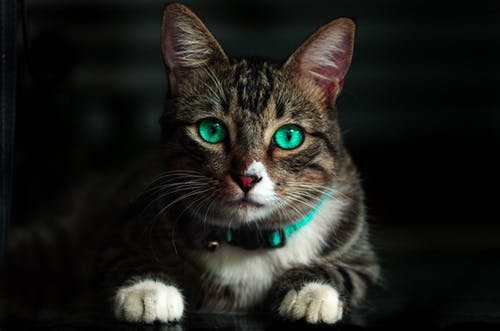Many of us understand somebody who has had a CT (” CAT”) scan or an MRI for a long time. Imaging advancements, like advancements in human medicine, have considerably boosted our capability to rapidly and securely figure out the etiology of a series of conditions in buddy animals.
Numerous veterinary clinics now use digital X-rays and ultrasound, and a growing variety of specialized and emergency veterinary health centers have calculated tomography (CT) or magnetic resonance imaging (MRI) in-house (MRI). If your pet requires an MRI, your medical care vet will likely send you to a nearby veterinary neurologist or radiologist for evaluation and, if essential, further imaging. Read through for more information.
Why is my pet needing an MRI?
In neurology, medical signs revealed by a pet are determined by the location of the disease instead of the disease process. Put, since a brain tumor, stroke, or infection in the same brain region develops clinical signs that are incredibly similar, we can not detect the origin of your pet’s disease based simply on the test. As a consequence, sophisticated imaging is normally necessary.
With MRI at our disposal, we can increasingly provide a more exact diagnosis of your pet’s condition in a more timely and safe way, allowing us to properly deal with and supply a better lifestyle for your furry loved ones.
Just what is an MRI?
The transparency of the body’s tissues is amazing using MRI. MRI is the most often recommended imaging technique by veterinary neurologists and radiologists that does veterinary surgery for examining the neurological and musculoskeletal systems. MRI, rather than CT, is considerably better at imaging soft tissues such as the brain, spine, intervertebral discs, tendons and ligaments, and muscles.
MRI may determine small irregularities as little as 1-2 mm that CT and other imaging modalities would miss. We can likewise gather photos from all three body planes, left-to-right, front-to-back, and top-to-bottom, utilizing MRI without moving the client. This enables us to see the body in three measurements.
Just how much time does it take?
After being firmly sedated, the operation normally takes 1 to 2 hours to finish, depending upon the location being scanned. A veterinary specialist will be actively monitoring your pet throughout this duration.
Since your pet will be sedated for the operation, we should focus our scan on the location of interest for client security, which is why a “whole body” MRI is not often performed in veterinary medication. After the pictures are gathered, they are examined by a neurologist or radiologist, who generally offers the customer findings the same day. Click here to learn more.
To End
Canines might provide numerous health issues due to the variety in canine anatomy across types. Recommendations for veterinary MRI services are often the greatest option for diagnosing and treating a canine to establish the best strategy.
Without a precise diagnosis from their veterinarian, dog owners can not make educated choices about their pet’s treatment. MRIs may be pricey, but they are typically covered by insurance and can help figure out the source of a dog’s health issues.





